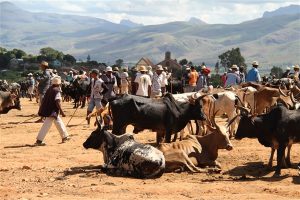Local Markets: Scenes of Malagasy Identity
In Malagasy history and culture, the market is associated with the concept of space and time. During the time of the Malagasy Kingdoms, markets were created by associating a specific location with a day of the week.

In the past, the market (tsena) was called fihaonana (meeting place) because it provided an opportunity to meet people, discuss, form business alliances.
For those traveling in Madagascar, local markets are a must to close, exchange news, and even find life partners…
For those traveling in Madagascar, local markets are a must to close, exchange news, and even find life partners…
The Zoma Market in Antananarivo, past and present
Today, only a small part of the Zoma Market (Friday) still exists, but when it did, it occupied the entire Avenue de l’Indépendance (Antananarivo), from the Soarano Station to… Andohan’Analakely. One can still find vendors spreading some goods on the sidewalks, but before 1997, it was the largest open-air market in the world, stretching over about a kilometer.
It was impossible to drive through, as the stalls (with the famous homemade white umbrellas) occupied the streets.
However, as the avenue is the city’s nerve center, it was no longer possible to block this central artery.
Furthermore, there was unrest and insecurity!
Today, there are still pavilions and fruit and vegetable stands. Stores and shops of all kinds have flourished there!
The Mahamasina Market and
Seine Secondhand-Verkäufer
The most famous Thursday market is located at Mahamasina in Antananarivo, near the Municipal Stadium.
Popular and colorful, residents dress up here, motorcycle riders can find leather jackets, work clothes, and everything that ends up in clothing bins in Europe, America, and Asia is recycled here.
It is the second-hand clothing that gives the market its reputation.
It is the place where residents of the capital Antananarivo go to buy clothing, shoes, bags, household linens, fabrics, mattresses, kitchen utensils, furniture, phones, fruits and vegetables, etc.
Here, part of the streets are blocked, but traffic is not affected. Visit the market for great deals on secondhand items!
The bustling streets of Anosy and Ambohijanahary are now filled with vendors, expanding the market beyond its traditional boundaries. Small traders are joining in, taking over sidewalks, bus shelters, and even part of the road.
The largest Zebu market in Madagascar
One of the most famous Wednesday markets is in Ambalavao, a Zebu market that is the largest on the entire island. Located 480 km south of the capital and about 57 km south of Fianarantsoa, this market spans 2 hectares and is home to humpback cattle.
It is impressive to see!
Buyers inspect the animals before bargaining with the owners, who are mostly dressed in Lamba (large traditional fabrics).
Here, the zebu is a sacred animal and very useful in daily life, pulling carts for transportation and plows in the rice fields and on the fields.
The graves are decorated with zebu skulls, the number of which shows the wealth of the deceased.
The market of Talata, Koba, and sausage market
The best way to visit the market of Talata would be on a Tuesday, while visiting the nearby Rova (Palace) of Ambohimanga, one of the. Twelve Sacred Hills, including the 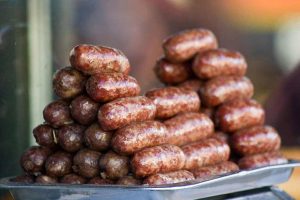
One can appreciate the wooded sites along the road, not to be impatient at the thought of eating the famous Koba (rice cake with caramelized peanuts) or the sausages for which Talata-Volonondry is famous.
For others, the market offers a source
Discover the fresh agricultural products of Vakinankaratra.
Sabotsy Market, Zoma of Antsirabe
Vakinankaratra is known as the breadbasket and vegetable growing region of the country, thanks to its volcanic land that is particularly suitable for agriculture and vast in size.
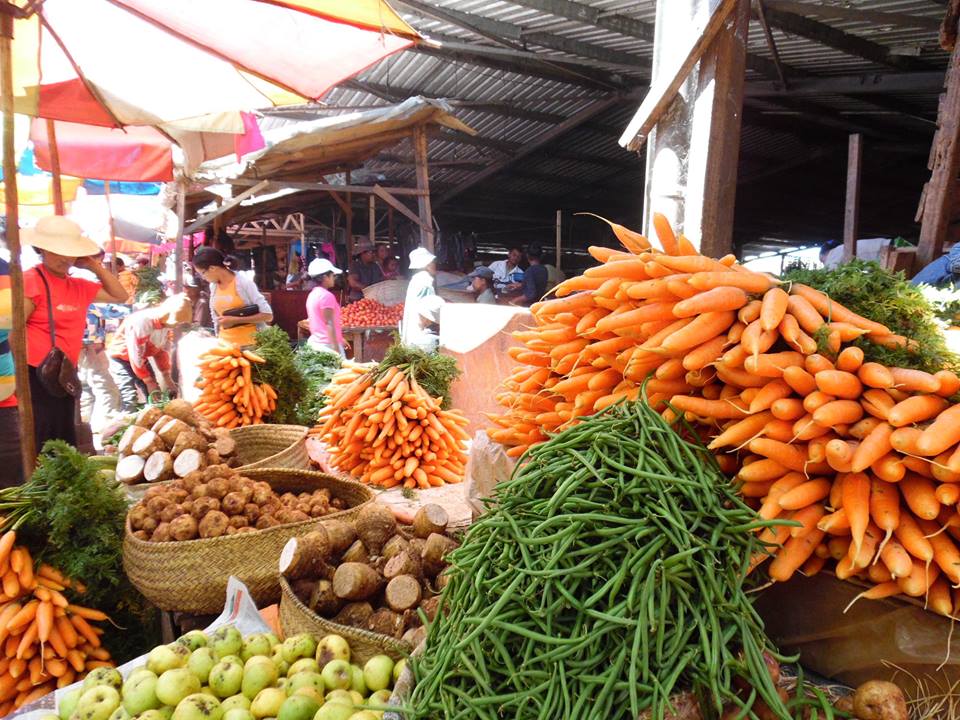
In the 90s, the market covered about ten hectares, consisting of stalls with small chairs, wooden tables, and handmade umbrellas.
Today, the market spans 4.5 hectares.
Land has been cemented and concreted.
It is the largest market in the Indian Ocean, with the fruit and vegetable shed alone covering over 1,500 m².
The stalls offer a magnificent kaleidoscope of colors: oranges, watermelons, mangoes, lychees, jujubes, cinnamon apples… Of course, many other products are also sold here, from seafood to clothing and handicrafts.
Organizing goods using the example of Antsena Sabotsy in Antsirabe.
Flowers and Plants Section
Vibrant cut flowers are offered in this section, the selection is very diverse and seasonal 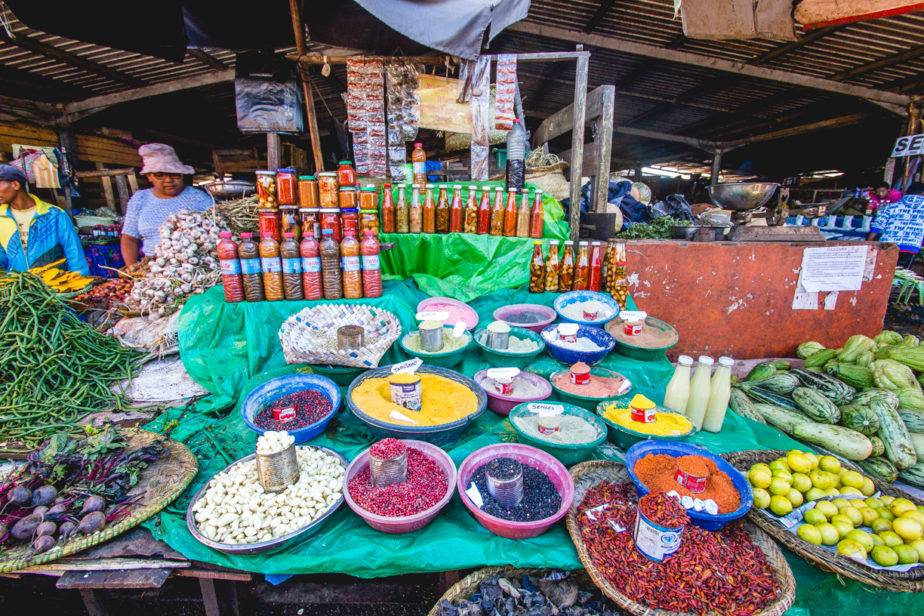
Exotic Plants
Orchids, shrubs, and even fruit trees are available for purchase, adding a touch of tropical beauty to your home or garden.
Dried Fish Section
Prepare yourself for an olfactory adventure in this section, where mountains of dried fish, shrimp, and other seafood are on display.
Fruits and Vegetables
Explore the vast selection of fruits and vegetables, with sellers offering tons of fresh produce from different harvests. You’ll find the same fruits grouped together in specific areas of the market, making it easy to navigate and shop.
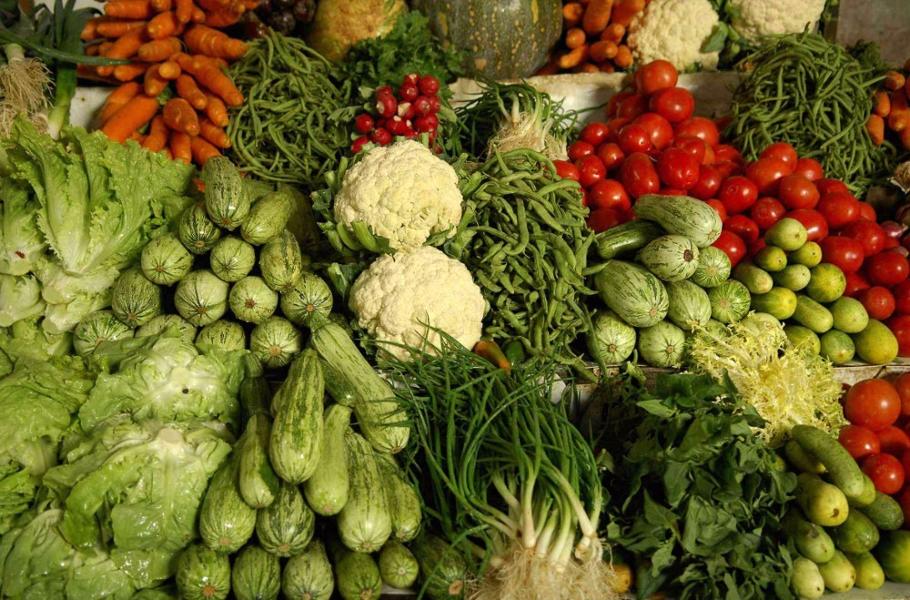
In the fruits & vegetables section, seeds and spices are also sold, and there are also vegetables that are sold pre-cut, such as green beans sliced lengthwise with a razor blade, carrots and other soup vegetables offered in diced form. Peas and Bambara peas are sold without pods. There is also a section for fruits that are overripe or partially rotten, where a lot of fruits and vegetables are lost due to the huge supply and minimal processing. In the meat section, there are vendors selling Zebu beef, while others specialize in pork or poultry.
Due to the lack of refrigeration, everyone tries to sell the offered meat on the same day.
However, there are also sellers of all kinds of offal: skins, skulls, hooves, and spoiled meat that is always offered separately.
The Malagasy pharmacy
Even in the small markets in the villages, this area is always present.
It consists mainly of fresh or dried medicinal plants, stones, amulets, tinctures of all kinds.
People often do not have money to buy medications, and everywhere there are natural remedies and people who can apply them.
Forged Items
In this section, you will find spades forged from old car springs, but there is everything you can forge or craft from scrap: oil lamps, rat traps, iron chains, shovels, axes, ovens, watering cans, and much more.
Furniture Market
Here, cheap furniture of all kinds is offered, mostly chairs, tables, cabinets, and beds nailed together from thin pine wood. Mattresses filled with grass, followed by a section for woven baskets and mats.
Live Animals
Here, you can buy poultry, cats, rabbits, and guinea pigs.
Clothing
After that, there is a section for clothing where you can find a variety of items.
A huge area of goods from used clothing collections in Europe, the USA, Australia, or China comes to Africa in bales and is sold everywhere. With very few stores selling new clothing, the second-hand clothing sector is very popular and well-visited.
Today, as household consumption in Madagascar continues to rise, the general public turns to market offerings, with even some public figures finding joy there.
In HTML format:
A huge area of goods from used clothing collections in Europe, the USA, Australia, or China comes to Africa in bales and is sold everywhere. With very few stores selling new clothing, the second-hand clothing sector is very popular and well-visited.
Today, as household consumption in Madagascar continues to rise, the general public turns to market offerings, with even some public figures finding joy there.
Previously perceived as second choice products, the concept has completely changed today.
Even before the Covid-19 crisis, habits have adapted to social media and many retailers sell a portion of their goods online, with an increasing number of women buying beautiful clothing and then offering it on Facebook.
Nevertheless, over 80% of the population still buy their clothing only at markets.

